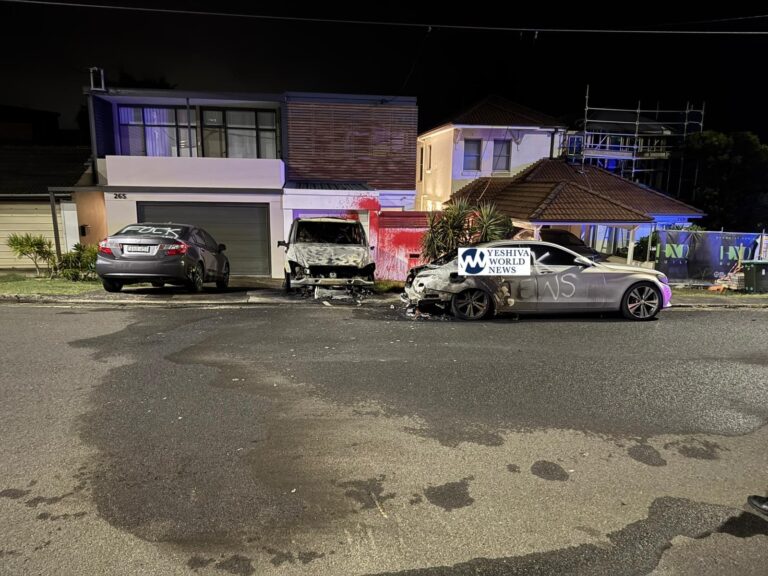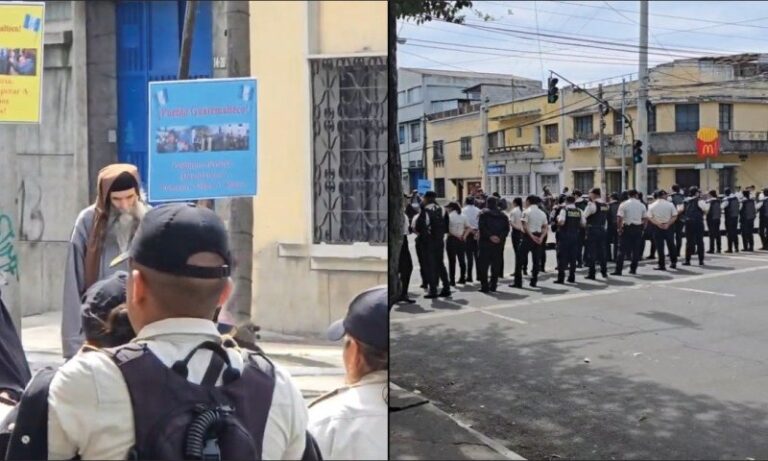 At more than 180 U.S. airports, the Transportation Security Administration increasingly relies on full-body scanners. Their electromagnetic waves screen passengers for dense objects — both metallic and non-metallic threats — from guns to homemade plastic explosives.
At more than 180 U.S. airports, the Transportation Security Administration increasingly relies on full-body scanners. Their electromagnetic waves screen passengers for dense objects — both metallic and non-metallic threats — from guns to homemade plastic explosives.
Kip Hawley was the TSA administrator in 2007, when the agency rolled out these scanners.
He believes an alert transportation security officer at an airport security checkpoint would have caught the latest underwear bomb, which was revealed Monday had been thwarted by the CIA before it came near an airport.
“The [officer] monitoring the image in a body scanner would be able to find enough to say there’s something there we need to check,” Hawley said.
The TSA has 700 full-body scanners in place across American airports.
But the vast majority of travelers — more than nine in 10 — pass through traditional magnetometers. Their metal-detection technology is less sophisticated than full-body scanners and would not detect PETN, the type of explosive used in this latest threat.
PETN was also used in the failed 2009 Christmas Day underwear bomb plot. Umar Farouk Abudulmutallab went from Lagos, Nigeria to Amsterdam, and never passed through a full-body scanner on his way to Detroit.











One Response
Why is it always reported that these kinds of guys are double agents having worked for the CIA and for the Jihadists??! Something always smells fishy……….